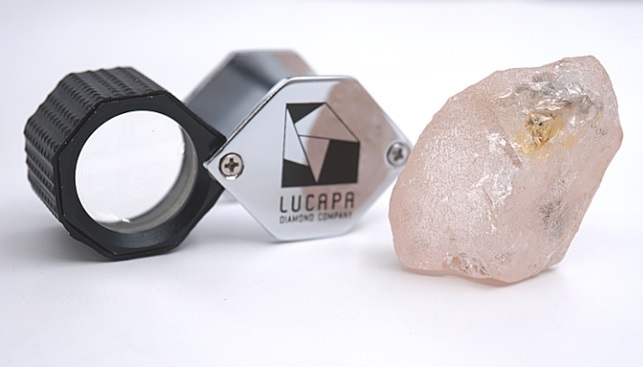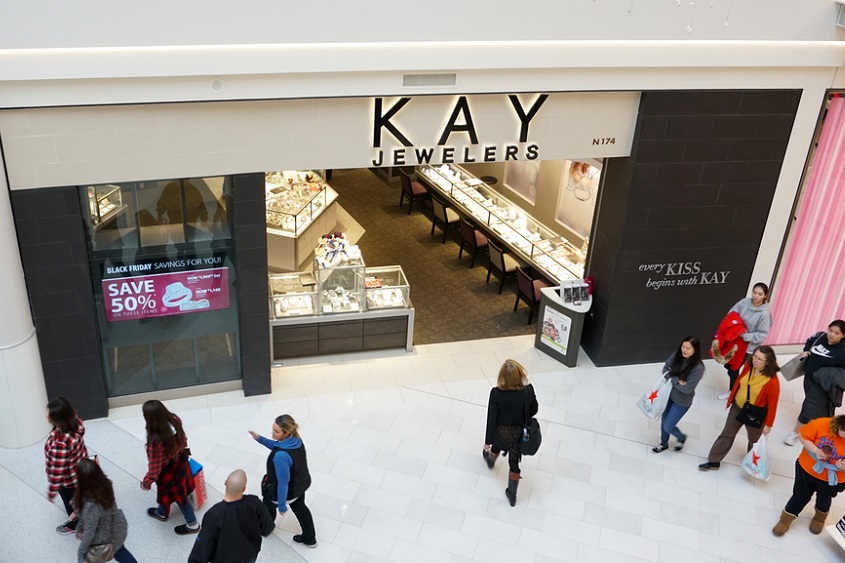In an article entitled “The case for diamonds – Trading Platforms”, Ehud Laniado explores the issue of diamond trading platforms as means to increase the revenue stream from diamonds while supporting the sustainability and longevity of the diamond industry.
These diamond trading platforms, he says, need to have several traits: first, they will need “to have a listing of diamonds available to buy”, providing transparency by supplying full details on each diamond (the 4Cs, the gemological report with all its details, the diamonds irregularities if it has them, and any other characteristic that impacts its value) as well as a history of each diamond’s price.
The platform should also “offer extensive education about diamonds” and “bring together willing buyers and willing sellers” – private individuals, institutional investors, financial firms, and traders.
As to the forms diamond trading platforms may take, there are several: first and foremost, they could take the form of spot markets (a place where a commodity or other financial assets are sold against immediate payment – on the spot). Laniado’s vision is to have a classic spot market for diamonds where a “a list of goods available for trade is published regularly, traders can buy and sell openly, and non-traders interested in buying or selling their diamonds can do so via brokers, just as we use banks to buy and sell shares”.
The diamond would have a banking envelope, “starting from clearing transactions, to providing financing against these assets”. It will also have to be overseen by an authority body. These two components – the banking envelop and the oversight – “are essential components to forming confidence in asset trading of any kind, including diamonds”.
According to Laniado, the impact on the structure of the revenue stream could be huge: instead of +$20 billion in polished diamonds that today go almost exclusively to jewelry, he says, “$8 billion can potentially be allocated to spot market trading”. Additionally, this means that spot markets “won’t just track prices of traded goods; they may even set prices of polished diamonds that are funneled to jewelry”.
Another impact can be in the price of rough: “With polished diamond prices becoming so clear and known, the prices of rough diamonds will be dictated by the real trading price of polished diamonds”, says Laniado. For consumers, “the increased exposure to diamond trading as a financial instrument and the known prices will increase confidence, and possibly generate additional demand for diamond jewelry”.
















